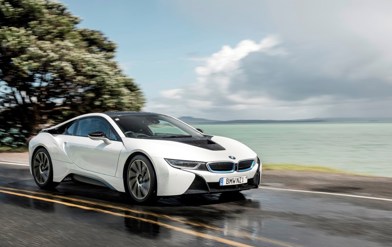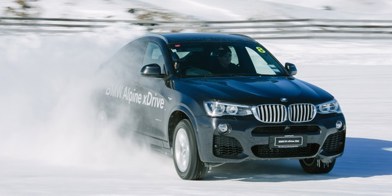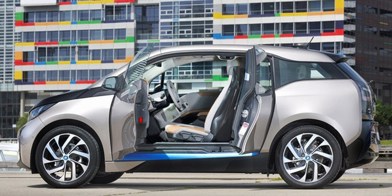I’ll admit, I had no idea what the button was for. It’s a symbol I not seen in 30 years of this job, but with the changing state of cars and my brain, not knowing something is increasingly common.
Mitsubishi Outlander and PHEV have become synonymous over recent years, with the runaway success of the family friendly SUV. At least, provided the family is no larger than five, as the seven-seat Outlander’s popularity has been hobbled a fraction by its inability to combine electrification with seven seats.
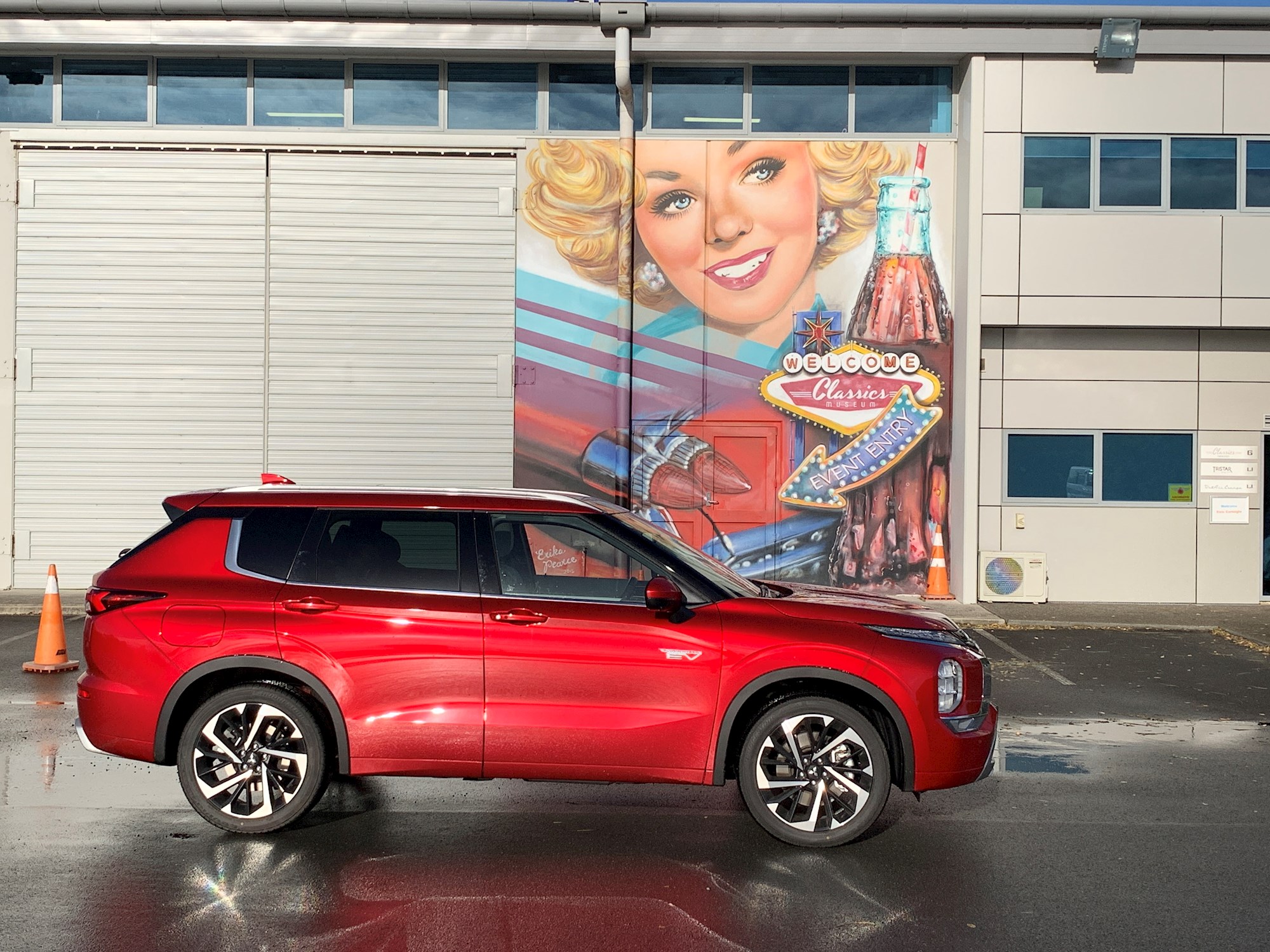
But now that is no more. With the new 2022 Outlander, that’s all forgotten and updated, with a few solid improvements to the car all around, as we detailed last time in part one.
We have this new model for four months, and one of the key points of interest we’re often asked, mostly at a public EV charging station, is how many kilometres do we get out of the charge? That is, of course, asked by a knowledgeable enquirer, clearly aware that the PHEV aspect means it has the ability to drive around 50km on battery alone, then either recharge, or seamlessly switch over to petrol power. Others will dispute it, but my opinion is PHEV is the best choice for the coming years, offering range without EV anxiety, as we covered off in our Clean Car Shootout.
This makes a PHEV ideal for those who don’t leave their city often, but do the occasional long trip.
View Mitsubishi Outlander listings on Driven
And better yet with this new model, because Mitsubishi claims EV-only range of 84km. And we’ve already seen that fluctuate as high as 90km (for low-speed suburban driving), down to 60km for more motorway-heavy trips.
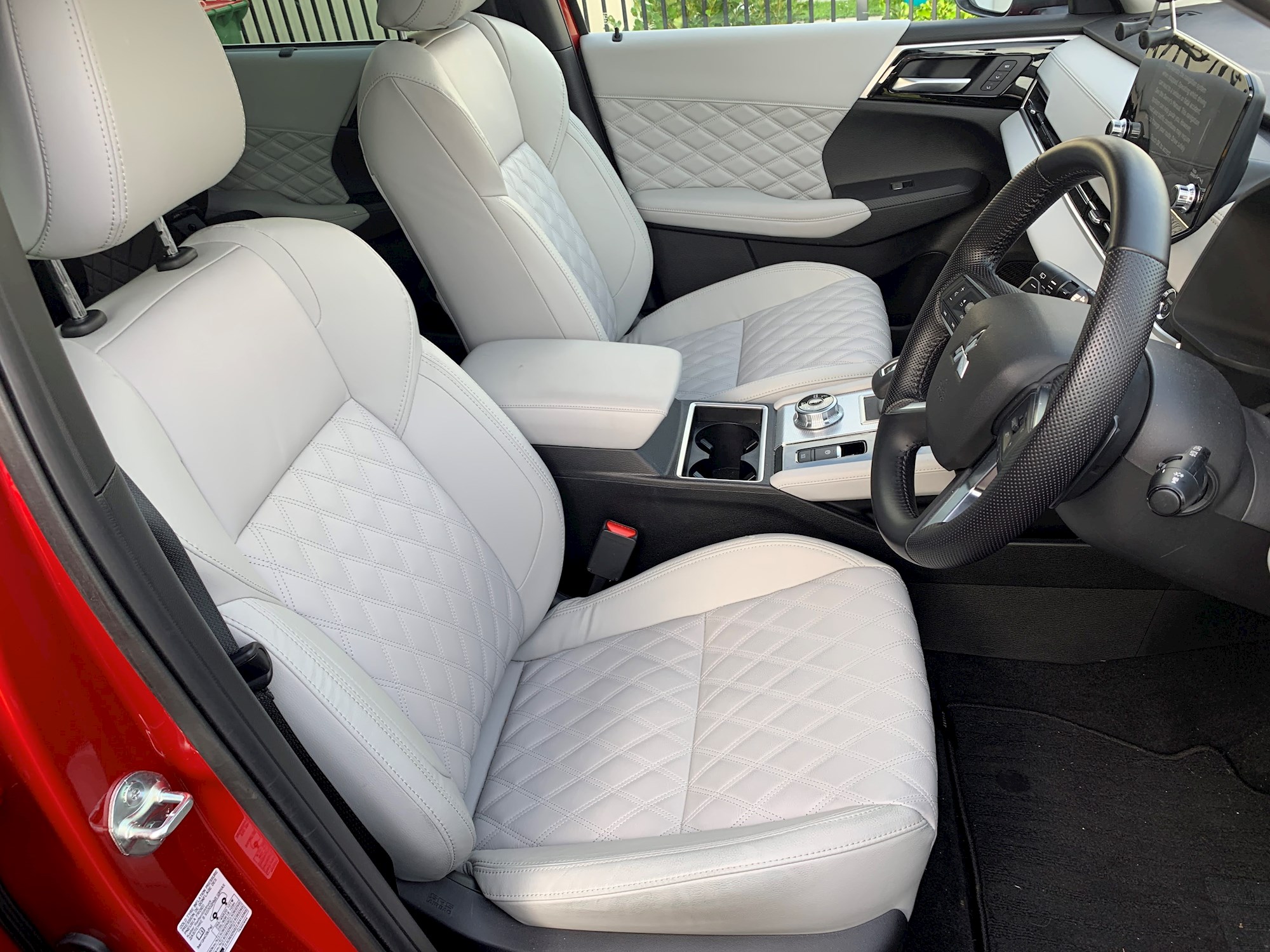
PHEV operation is slightly different to the previous gen, too. Rather than relying heavily on EV, the new model has around five-per cent more reliance upon petrol, for whatever reason, be it cooling/warming the EV battery, a low battery level, or when summoning more performance. D or B drive modes help, shift paddles adjust regen, and the multitude of modes and switches all offer ways to tailor it to you.
There’s also a host of new gauges, too, including an EV battery temp monitor, and an EV percentage use meter. It’s possible to score in the 90s, but with regular recharges, we’ve seen it settle around the 75 per cent mark.
Downhill regen is good, too, and it will regen on cruise control (unlike the MG HS PHEV), and will collect around 3-4km on the southbound Auckland/Bombay Hill run, for example (though it took 5km to get up it).
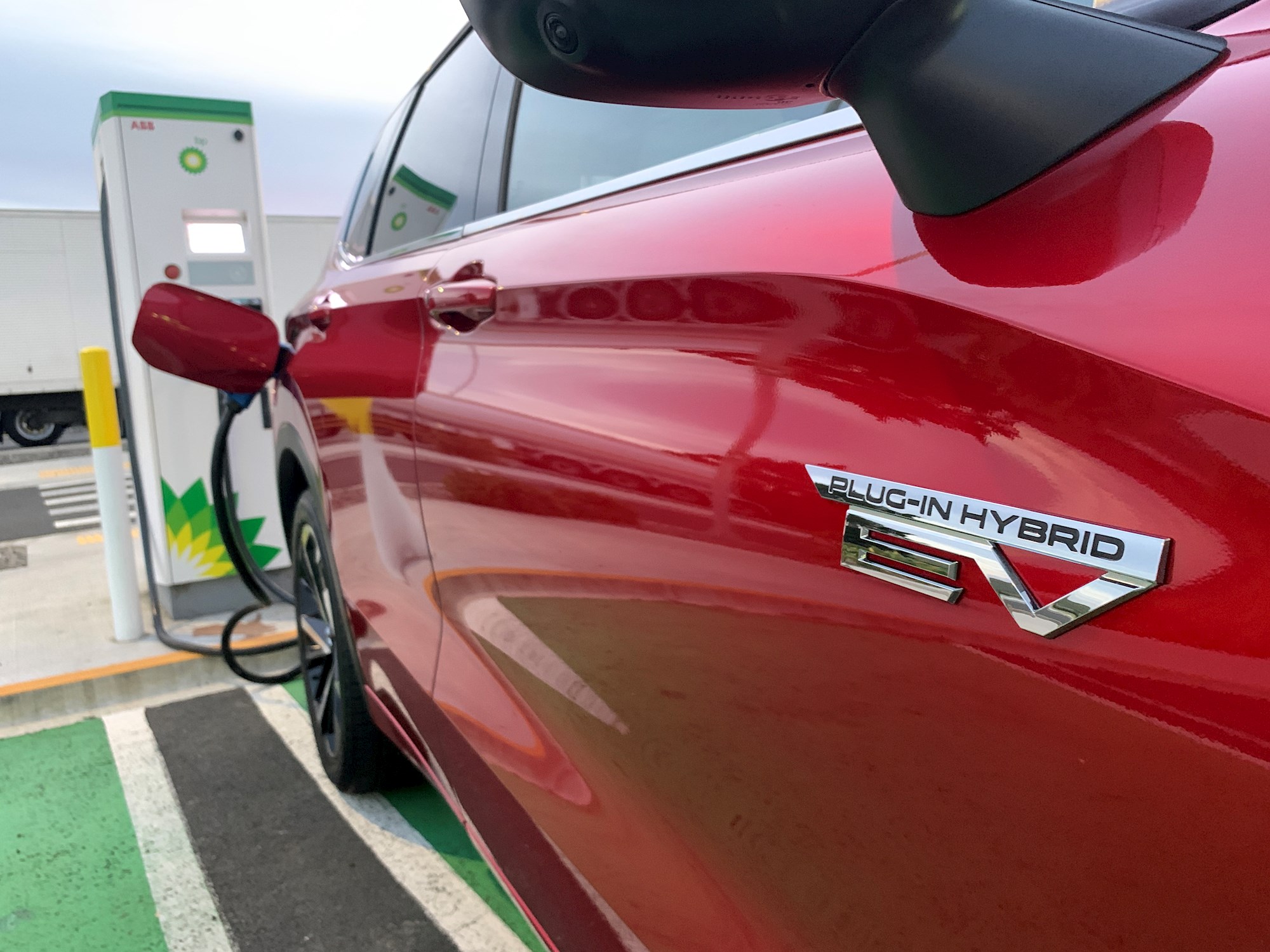
Our average fuel use fluctuates wildly, between urban and motorway driving, but with a frequent Hamilton-Auckland round trip, we’ve seen around 3.5l/100km, but purely around the suburbs and local roads with frequent charging, we’ve also seen less than 1l/100km.
The ability to fast charge also helps with that, and with the large 20kWh battery (up from 14kWh), it takes around 90 mins to fast charge from flat to full, on a 20kW+ DC public charger via a ChadeMo plug, as the Outlander limits its own ability by accepting up to 22kW DC charge rate. For comparison, our experience has shown an AC Wallbox-style charger takes around four hours, and a three-pin wall socket takes around 30+ hours, the latter two via the Type 2 plug, though this charge rate is also limited to 3.7kW.
The eyebrow-raising white interior did come as a mild surprise, particularly given its family aspirations, but the durability and stain resistance has been mostly good, with a few minor marks and scuffs from three kids having general disrespect for parental car cleanliness mandates.
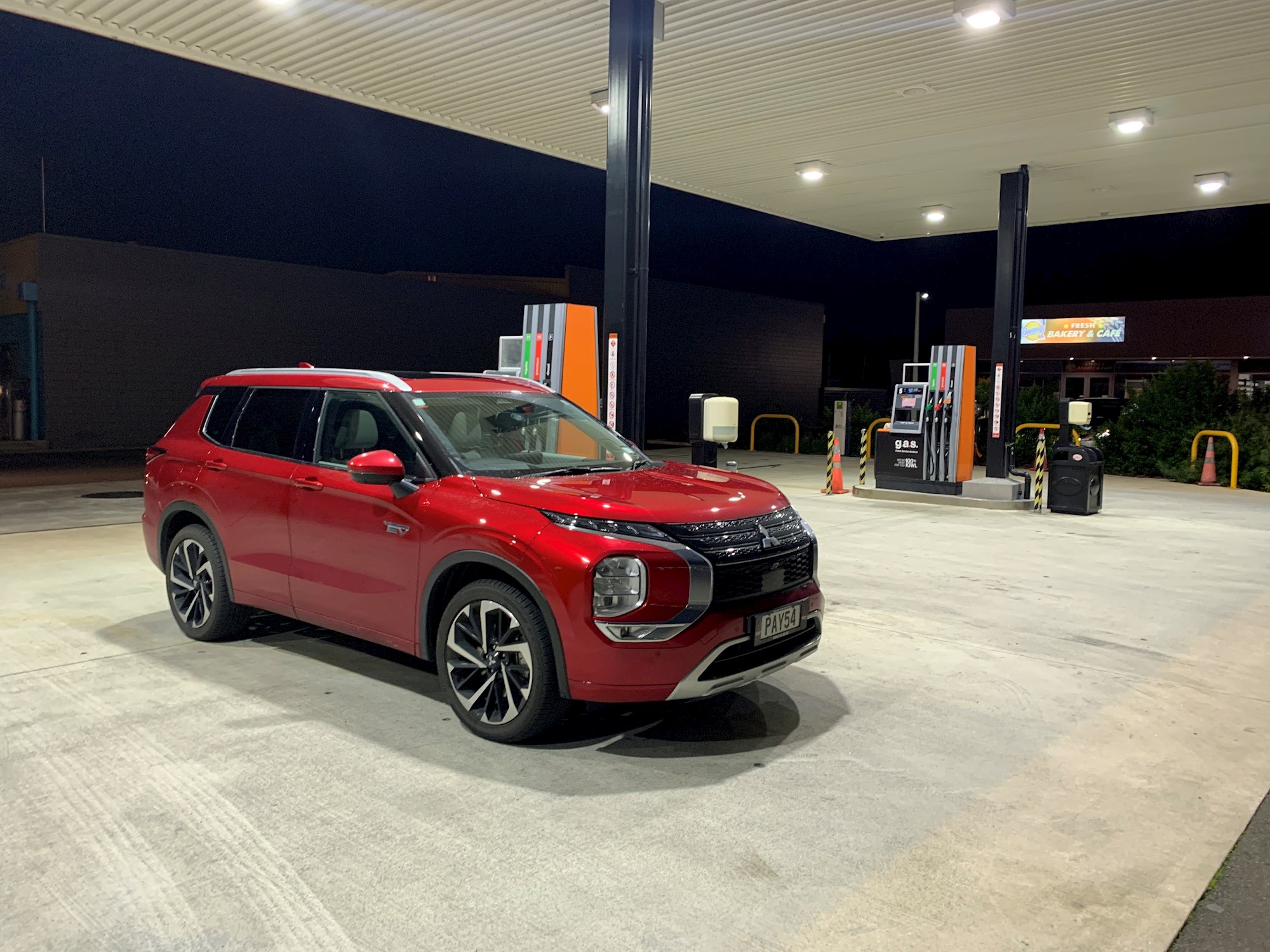
What I like is with the Outlander PHEV is the ability to actively participate in fuel saving. In addition to the right foot, there are switches and settings to maximise economy, which is particularly helpful. Upon start-up, I habitually rotate the mode selector to Eco mode, to soften throttle response and minimise HVAC use, as it still cuts a few km when running the AC/fan.
And that mystery button? David discovered that it’s the symbol for one-pedal driving, maximising regeneration during deceleration/downhills, and virtually eliminating the need to use the brake pedal during normal traffic, helping extend EV range. Like the Eco mode, it’s now the first thing I do upon starting. As petrol is back up over three dollars a litre, using EV mode at around 1/10 the cost, or around four dollars per full recharge from home, has endeared the Outlander PHEV to us, and our fuel card, very quickly.
The price is a little higher, but for its extra gear, still good value. Mitsubishi’s Outlander PHEV has been the market leader for good reason, and now with seven seats and more EV range, this new model makes it even better, by a lot.
BREAK IT DOWN
MITSUBISHI OUTLANDER PHEV VRX
ENGINE: 2.4-litre petrol engine, plug-in hybrid system (20kWh battery), dual electric motors
POWER: 185kW/450Nm (combined)
GEARBOX: Continuously variable automatic, AWD
ECONOMY: 1.6l/100km, CO2 35g/km
PRICE RANGE: $69,990 to $79,990 (launch pricing $60,990-$73,990)












